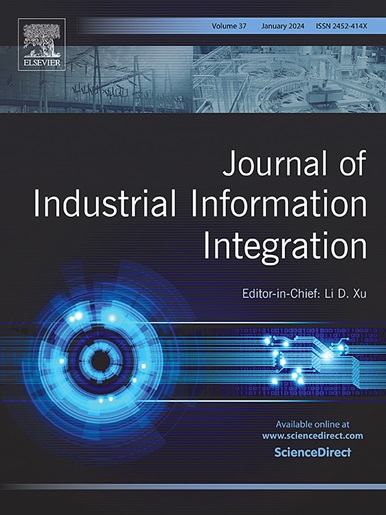价值流成本的战略成本分配:纺织制造业数据驱动决策分析
IF 10.4
1区 计算机科学
Q1 COMPUTER SCIENCE, INTERDISCIPLINARY APPLICATIONS
引用次数: 0
摘要
成本分配对企业至关重要,是当代市场环境中竞争力的一个基本方面。这包括保持产品或服务的高质量标准,以及适应不断变化的客户需求和市场条件的运营灵活性。此外,准确的产品成本评估对于保证公司的盈利能力和最大限度地有效利用经营资源至关重要。使用传统成本计算方法的企业在将总生产费用分配给单个产品时可能会遇到困难。因此,本研究旨在运用价值流成本法的原理,对一家中型纺织企业的成本体系进行全面分析。它采用了COBRAC、FUCOM和BWM等方法来确定关键的成本驱动因素。该公司为其五种产品确定了12个价值流,并依靠专家意见评估了其中八种产品在没有驱动因素的情况下的成本。结果表明,成本计算方法的选择对损益表中显示的毛利润有显著影响。具体而言,在评估的方法中,FUCOM方法的毛利润最高,紧随其后的是BWM技术,而采用COBRAC方法的毛利润值相对较低。所建议的模型将使制造企业能够精确地确定产品成本并有效地获得可持续的竞争优势。本文章由计算机程序翻译,如有差异,请以英文原文为准。
Strategic Cost Allocation with Value Stream Costing: Data-Driven Decision Analysis in Textile Manufacturing
Cost allocation holds paramount importance for businesses, serving as a fundamental aspect of competitiveness in the contemporary market milieu. This includes maintaining high-quality standards in products or services, alongside operational flexibility to adapt to changing customer demands and market conditions. Moreover, accurate assessment of product costs is crucial for guaranteeing the profitability of the company and maximizing the efficient utilization of operational resources. Businesses using the traditional costing approach may face difficulties when allocating total production expenses to individual products. Hence, this study aims to comprehensively analyze the cost system of a medium-sized textile company by incorporating principles of value stream costing. It employs methodologies namely COBRAC, FUCOM, and BWM to identify key cost drivers. The firm identified 12 value streams for its five products and relied on expert opinion to assess costs for eight of them without drivers. The results indicated that the method chosen for cost calculation notably impacts the gross profit showcased in the income statement. Specifically, the FUCOM approach emerges with the highest gross profit among the evaluated methods, closely trailed by the BWM technique, whereas the employment of the COBRAC method yields a relatively lower gross profit value. The suggested model will empower manufacturing firms to pinpoint product costs and effectively attain a sustainable competitive advantage.
求助全文
通过发布文献求助,成功后即可免费获取论文全文。
去求助
来源期刊

Journal of Industrial Information Integration
Decision Sciences-Information Systems and Management
CiteScore
22.30
自引率
13.40%
发文量
100
期刊介绍:
The Journal of Industrial Information Integration focuses on the industry's transition towards industrial integration and informatization, covering not only hardware and software but also information integration. It serves as a platform for promoting advances in industrial information integration, addressing challenges, issues, and solutions in an interdisciplinary forum for researchers, practitioners, and policy makers.
The Journal of Industrial Information Integration welcomes papers on foundational, technical, and practical aspects of industrial information integration, emphasizing the complex and cross-disciplinary topics that arise in industrial integration. Techniques from mathematical science, computer science, computer engineering, electrical and electronic engineering, manufacturing engineering, and engineering management are crucial in this context.
 求助内容:
求助内容: 应助结果提醒方式:
应助结果提醒方式:


